Can We Stay Safe Yet Reduce Single Use Plastic During the Pandemic?

Can we stay home and stay safe, yet reduce single use plastic during the pandemic? Choices, alternatives and demanding change.
The Covid-19 pandemic has penetrated every aspect of our lives.
As much as I hate to write or even admit it, it doesn’t appear to be going away anytime soon. We’re still far from a vaccine, and even when it does arrive, distribution around the world could take a long time.
In the meantime, we must continue to try keeping ourselves and our loved ones safe. That means we should use a mask and sanitizer, wash our hands frequently, practice social distancing, avoid touching our face and not go out to crowded spaces except when absolutely necessary.
Also read: What’s the Future of Travel Blogging When Nobody’s Travelling?
Unfortunately though, that also means we need to find creative and safe ways to reduce single use plastic.
Personal protective gear – masks, hand sanitizers, surface disinfectant bottles – are typically non-biodegradable. Staying at home means more deliveries, e-commerce and food takeaways, which often come in non-recyclable plastic. Perhaps we’re discarding a lot of things we would’ve normally re-used, out of the worry that the virus might be lurking around on all surfaces.
As we gear up to face the pandemic for the long haul and adapt to life in the new normal, a single use plastic catastrophe might silently be brewing.
Also read: Sustainable Living Ideas as we Emerge Into a New “Normal”
- How has the pandemic impacted single use plastic products and our consumption?
- Are there problems with single use plastic, and are they important to consider while we’re in a pandemic?
- So, can we go about reducing single use plastic during the pandemic?
- Alternatives to single use plastic: Use reusable multi-layered cloth masks instead of use-and-throw ones.
- It may not be entirely possible to stop single use plastic, but opt for eco-friendly e-commerce sellers who don’t wrap everything in plastic.
- Banning single use plastic is a huge policy challenge, but leaving public feedback for sellers (both positive and negative) can pave the way.
- Say a firm no to single use plastic bags. Insist that informal home deliveries are single-use plastic free and return the packaging immediately.
- Ways to avoid single use plastic: Carry a washable cloth bag and reusable containers for takeaway.
- Reducing single use plastic at home: Choose a “wash, quarantine and reuse” routine rather than an open and throw routine
- Experiment, make and grow more at home
- Read about single use plastic facts, segregate waste and consider eco-bricking
- What else can we do?
- Have you noticed changes in your plastic consumption during the pandemic? What steps are you taking / going to take to reduce single use plastic?
How has the pandemic impacted single use plastic products and our consumption?
I guess we only need to look at our personal consumption to guess the anwer.
Discarded plastic masks are already washing up on Hong Kong’s beaches. In the US, single use plastic usage is estimated to have gone up by a whopping 250-300%. Athens has reported a 150% increase in the amount of plastic in the general waste stream.
And in India, where waste management is already a huge issue, the fight against single use plastic has taken a backseat.
In the midst of this unprecedented pandemic, the world has lost the momentum we gained over the past couple of years to reduce single use plastic. Plastic bans and alternatives have been rolled back.
Infact, plastic lobbyists are claiming that single use plastic is a hero in the new normal!
Also read: I Love Spiti: A Campaign to Save Spiti Valley from Single Use Plastic
Are there problems with single use plastic, and are they important to consider while we’re in a pandemic?
I’m sure we haven’t forgotten the disturbing visuals of corals covered in single use plastic, turtles choked to death by plastic straws stuck in their nostrils and dead whales found with tonnes of plastic waste in their stomach.
Single use plastic has long been a global crisis. But it’s more important now than ever to reduce single use plastic, for three main reasons:
- Biomedical waste that washes up on beaches or into the oceans can easily be mistaken as food. Fish, turtles, dolphins and other marine animals can choke on gloves, get entangled in the elastic bands of masks and get injured by face shields. With all this plastic filling their stomachs, they can starve to death.
- Many recycling plants have been shut down over fears of the virus spreading through infected surfaces. That means what little plastic did get recycled / upcycled is now ending up in the landfill or being swept away into the ocean. It’ll leach into our groundwater and soil, and enter the food chain. Scientists are researching what that really means for our health.
- Plastic pollution disproportionately affects low income countries with poor disposal facilities. Much of the west’s plastic waste used to go to China, and is now being sent to other countries in Southeast Asia. Even in rich countries, waste tends to be dealt with in poorer neighborhoods, causing public health problems. When incinerated, low grade plastic releases micro particles that have been linked to cancer. When sent to landfill, it often leaches into the groundwater. So yes, plastic pollution is very much a social justice issue.
Also read: 5 Easy Steps Towards Plastic Free Living
So, can we go about reducing single use plastic during the pandemic?
Given that health and safety trump all else right now, here are some things worth noting:
- A study in the New England Journal of Medicine found that Covid-19 stays on plastic and stainless steel for 2-3 days, on cardboard for upto 24 hours and on copper for 4 hours.
- According to the WHO, using a mask, frequently washing hands, social distancing and not touching the face are the most effective preventive measures. Surface disinfection with 70-90% alcohol is effective.
- The WHO doesn’t recommend using gloves in public spaces.
In the early days of the pandemic, I decided that personal safety trumped my single use plastic consumption. In just a few weeks, the amount of plastic waste I was disposing became alarming.
So I spent a lot of time researching safe alternatives, and creative hacks to keep my single use plastic consumption as low as possible:
Alternatives to single use plastic: Use reusable multi-layered cloth masks instead of use-and-throw ones.
Masks are important for our collective safety, but that doesn’t mean we need plastic masks that come out of plastic covers.
According to the WHO, the CDC and Johns Hopkins University, those of us not interacting directly with positive or suspected positive people (i.e doctors, nurses etc), are safe enough using non-medical cloth masks. N95 and surgical masks are use-and-throw masks made of non-biodegradable plastic – taking upto 450 years to degrade! Instead, we can opt for multi-layered cloth masks, which can be washed and reused.
I bought a set of five cloth masks from Pulkar – an organisation in Dehradun that supports women’s livelihoods. I find cloth masks far more breathable, comfortable (instead of elastic bands around the ears, they have to be tied behind), stylish and affordable.
After each use, I sanitize and quarantine them for upto 48 hours (the virus is expected to survive on cloth fabric about as long as cardboard). And when I’m doing my laundry, toss them into the washing machine.
Also read: How to Indulge Your Wanderlust at Home
It may not be entirely possible to stop single use plastic, but opt for eco-friendly e-commerce sellers who don’t wrap everything in plastic.
I think I’ve lost some of my sanity constantly outraging at Amazon and Urban Platter deliveries that arrive smothered in plastic for no good reason. I mean, why do non-breakable things like a pressure cooker whistle, a pan and even a pillow need to be wrapped in plastic?!
I limit using e-commerce for exactly this reason (aside from usually being somewhere too remote to receive deliveries and having no permanent address to receive them either). But now, in the midst of a pandemic with disrupted supply chains, closed shops and safety concerns, e-commerce is very much a part of my life.
Over time though, I’ve learnt to identify sellers that are conscious about not using single-use plastic:
Search for eco-friendly products
We needed a bunch of air tight containers so I searched for eco-friendly storage containers and zeroed in on the Star Work glass jars. Their products had great reviews and emphasized being environmentally friendly. And sure enough, despite being made of glass, the jars were delivered without any single-use plastic!
On the other hand, the couple of things I ordered from Amazon Basics came wrapped in layers of plastic despite being non-breakable. Ugh.
Now whenever we need anything, I use “eco” or “eco friendly” as a suffix while searching for it to identify plastic-free sellers.
Also read: Zero Waste Stores in India to Cut Your Plastic Footprint
Read reviews that mention the packaging
When I’m unable to find any eco-friendly sellers, I check if the reviews mention packaging – either while generally reading reviews or by doing a quick Ctrl+F search.
Also read: What I Learnt Volunteering on a Remote Island in Cuba
Banning single use plastic is a huge policy challenge, but leaving public feedback for sellers (both positive and negative) can pave the way.
I know it sounds like one more thing to do. But unless brands and sellers hear that we value plastic packaging free products and deliveries, they’re unlikely to make any changes.
Every time I receive an order, I try to leave public feedback on the e-commerce platform mentioning the packaging. Praising it if it is single-use plastic free. And highlighting the unnecessary use of plastic, which is more often the case.
Amazon has the option of seller feedback as well as product review. The former seems to be private feedback, though it does impact rankings on Amazon. I try to fill in both.
If enough of us do this, my hope is that Amazon will take notice and include a feature to rank packaging. Perhaps even a way to filter products with eco-friendly packaging!
Also read: Inspiring Women I Met in Bhutan – and What Happiness Means to Them
Say a firm no to single use plastic bags. Insist that informal home deliveries are single-use plastic free and return the packaging immediately.
I’ve switched from frequenting organic farmers’ markets wherever in the world I am, to ordering vegetables and fruits on whatsapp from local farmers or shops that stock their produce. Given that social distancing is hard at supermarkets and grocery stores, it’s prudent to have things delivered at home as much as possible.
That has one negative side effect though – plastic bags.
When I place an order, I always insist that they not be delivered in plastic bags. Thatched baskets, cardboard boxes and cloth bags are all good alternatives. In any case, I try to immediately empty the products into my own containers and return the packaging to (hopefully) be re-used.
This is also a great way of ensuring that I have the least possible interaction with a surface that might have been touched by multiple hands and possibly be carrying the virus. If I accept the packaging, I’d have to find a way of discarding it – increasing both, my exposure and trash.
Also read: Why I Switched to a Menstrual Cup – and How You Can Too
Ways to avoid single use plastic: Carry a washable cloth bag and reusable containers for takeaway.
As India and the world slowly start to open up and emerge into a new “normal”, I’ve been thinking of how I can be both safe and environmentally-friendly.
I’ve been carrying reusable cloth bags for several years, and I think they’re our best bet now during the pandemic. Carrying my own bag means I don’t have to expose myself to plastic bags that have passed through multiple hands, on which the virus can survive for 2-3 days! Instead, I get home, empty my cloth bag and wash it with soap and water.
I’ve decided that no matter how much I crave diverse food during the pandemic, I’ll only ever order from places that deliver in eco-friendly packaging. In Hyderabad for instance, Le Terrassen Cafe has been using non-plastic single use cutlery and glass bottles. In Goa, Saraya has initiated a daily meal plan where lunch is delivered in returnable steel tiffins.
When I really want food from elsewhere – a slice of indulgent vegan chocolate cafe for instance – I will continue to carry my own resuable container. Again, relatively safer, washable and an easy way to practice single use plastic reduction.
Also read: 15 Responsible Travel Tips for More Fulfilling Experiences on the Road
Reducing single use plastic at home: Choose a “wash, quarantine and reuse” routine rather than an open and throw routine
When I heard that the virus can survive upto 72 hours on plastic surfaces, my first instinct was to open every plastic bag of grocery (unfortunately I didn’t have access to an organic zero waste store), empty it into a container and toss the plastic bag into the bin.
But each time I did that, I felt horrified. Especially when the bag was a resealable bag that I would normally have re-used.
I then read safety recommendations by North Carolina State University, and was relieved to learn that it’s okay to re-use bags as long as they are cleaned and disinfected.
Now, instead of the ‘open and throw’ routine, I wash the outside of any plastic bag that enters the house, dry it and store it in a cupboard. Empty the contents in a container when needed. Sanitize it again if I’m feeling extra paranoid, quarantine it for a few days further and re-use it.
Also read: Work from Home Tips from Someone Who’s Been Doing it for a Decade
Experiment, make and grow more at home
Some of us have a lot more time at hand with no social outings and travelling on the cards. I’ve been finding some solace in the kitchen, as well as in growing vegetables, herbs and microgreens.
I never imagined that someone like me, with a marked lack of cooking ability, could bake a good loaf of bread. After a disastrous first time, it turned out surprisingly easy and tasty!
I look to Minimalist Baker, Vegan Richa and A Sweet Alternative for inspiration for easy vegan recipes. A simple google search is a good starting point too.
It’s been fulfilling to make, bake and grow my own. I’m not only reducing single use plastic at home but also consuming more home-grown, organic, chemical-free food.
Also read: 11 Tips to Ease Your Transition Into a Vegan Lifestyle
Read about single use plastic facts, segregate waste and consider eco-bricking
I know I’ve been talking about segregating waste far too often on my blog and Instagram. But I just can’t wrap my head around the fact that the vast majority of us still doesn’t choose to segregate!
All it takes is two separate bins for wet and dry waste. The wet waste can be composted, even if you live in an apartment (consider the Eco Bin). Dry waste should ideally go to a recycling facility. Else it can be given away to a local ragpicker who is likely to salvage as much as possible. Further segregating dry waste into glass bottles, cartons etc can make processing of the waste easier.
Unfortunately though, single-use plastic is such low grade plastic that it can’t be recycled. If burnt, it releases toxic chemicals. If sent to landfill, it ultimately leaches into the groundwater or lands up in the ocean. The best solution so far – besides reducing consumption of course – might be to create ecobricks. Then pool them together with a community of people and build any needed structure.
Also read: Quarantine Recycling: Staying green under quarantine
What else can we do?
Advocate for policy change
Even though the fight against single-use plastic looks pretty dismal during this pandemic, I feel hopeful about the possibility of policy action since it’s already happening in Thailand. In Bangkok, an awareness campaign to segregate waste is already underway, along with setting up of public collection points for plastic waste to be recycled.
Can this happen in India? A single use plastic ban *almost* came into force in India last year, but didn’t.
With a combination of aware, conscious, motivated citizens demanding action from local, state and central governments, better waste management and stricter regulations for single use plastic are absolutely possible.
Also read: The Ultimate Guide to Sustainable Fashion in India
Ask e-commerce platforms to introduce a packaging rating and filter
We don’t need to look further than E-commerce websites for examples of single use plastics. It’s time to collectively ask platforms like Amazon, Flipkart and Urban Platter to change their packaging and introduce a feature to rate the eco-friendliness of sellers and products.
A filter to sort products by planet-friendly packaging could make it easier to identify brands that care about reducing plastic waste. A rating system can allow consumers to easily share feedback.
The best way to do this is using social media, and tagging your local e-commerce providers.
Also read: Inspiring Indian Using Social Media to Drive Positive Change
According to UN Environment, nearly 13 million tonnes of plastic enter our oceans every year. In the Mediterranean Sea alone, the WWF estimates that the equivalent of 33,800 plastic bottles are dumped into the water every MINUTE.
That’s in an average year. I shudder to think what 2020 means for the oceans, marine life, groundwater and our own health.
Have you noticed changes in your plastic consumption during the pandemic? What steps are you taking / going to take to reduce single use plastic?
Hi there! I’m Shivya, and I started this travel blog back in 2011, when travel wasn’t trendy, Instagram didn’t exist and AI wasn’t a thing (simpler times, I know!). I write about slow, meaningful and conscious travel – that is good for us, the places we visit, the people we meet along the way, and the planet at large. Settle down, grab a cup of tea, and read stories that remind you of the essence of travel. I’m so glad you found me!

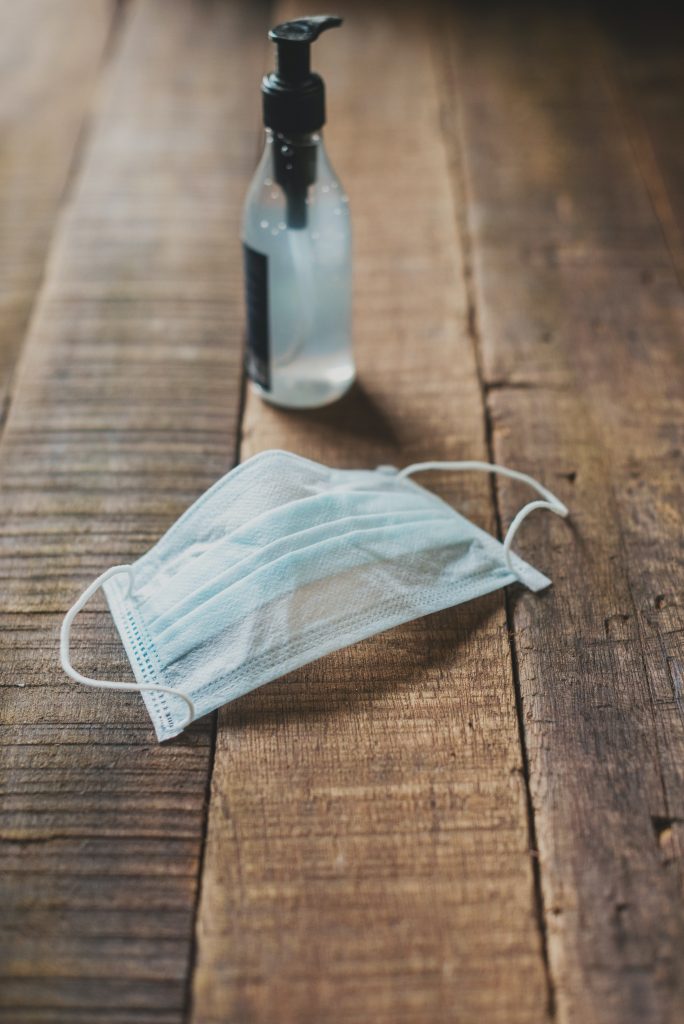
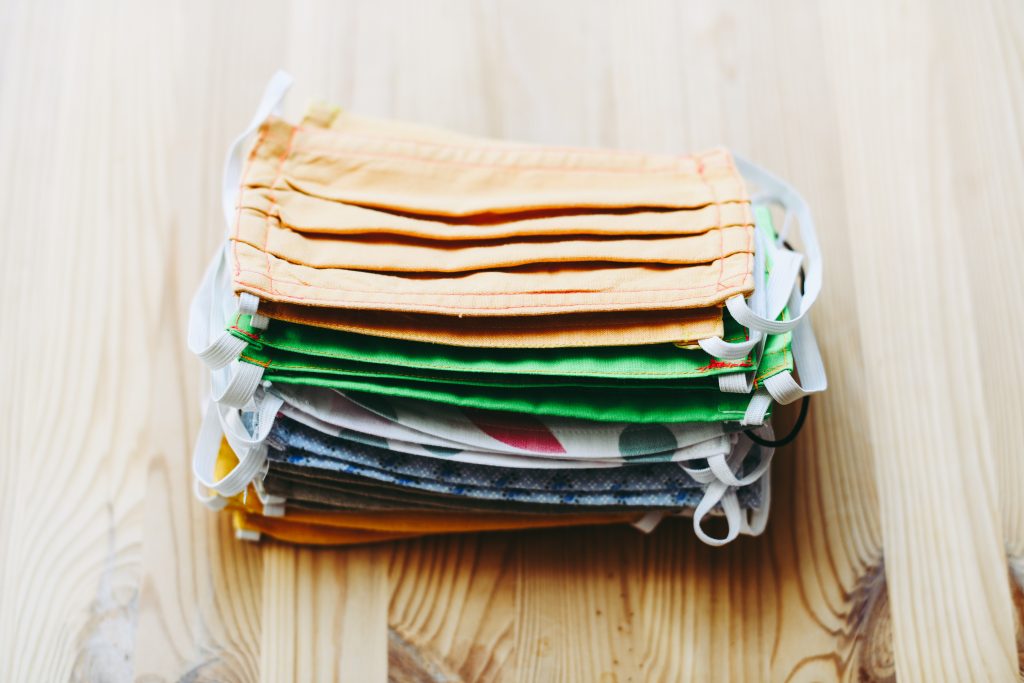
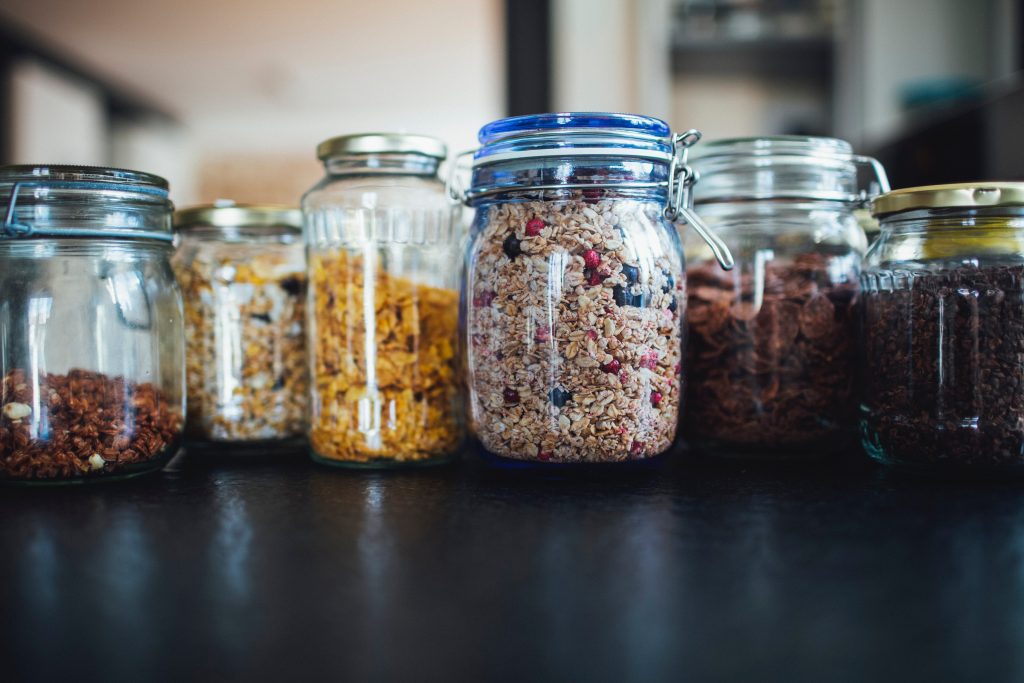
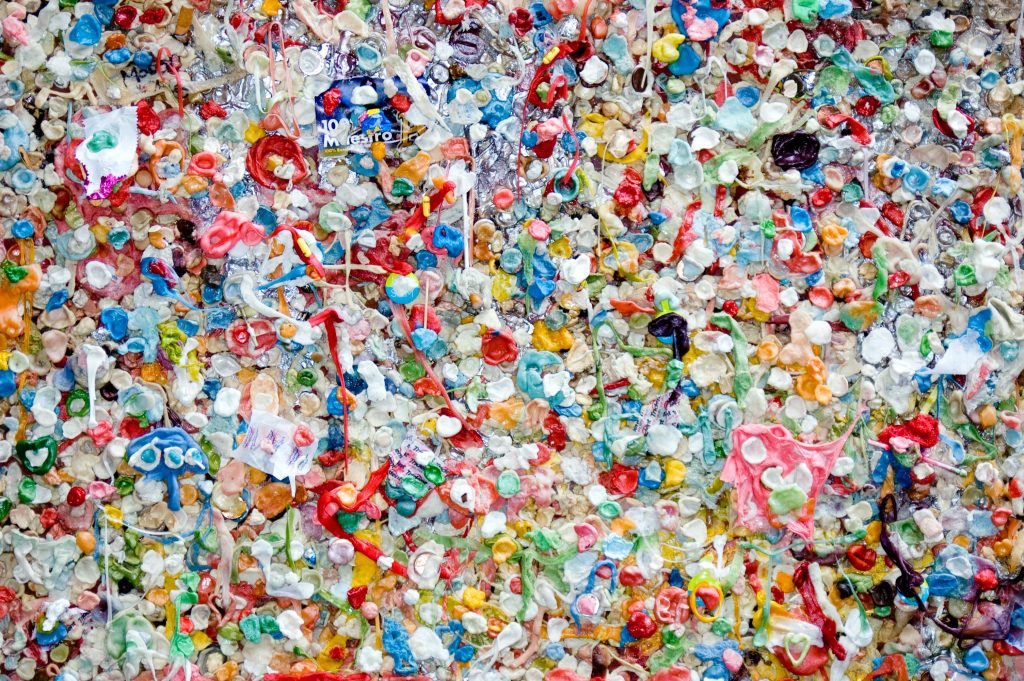
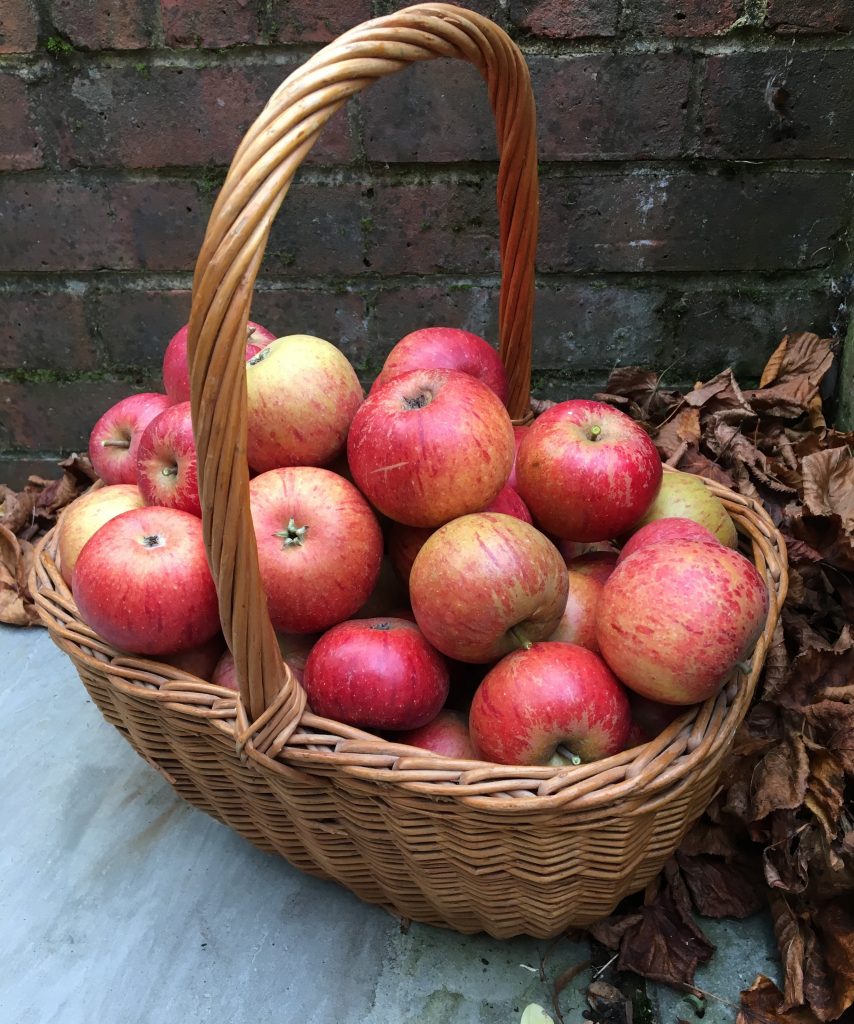

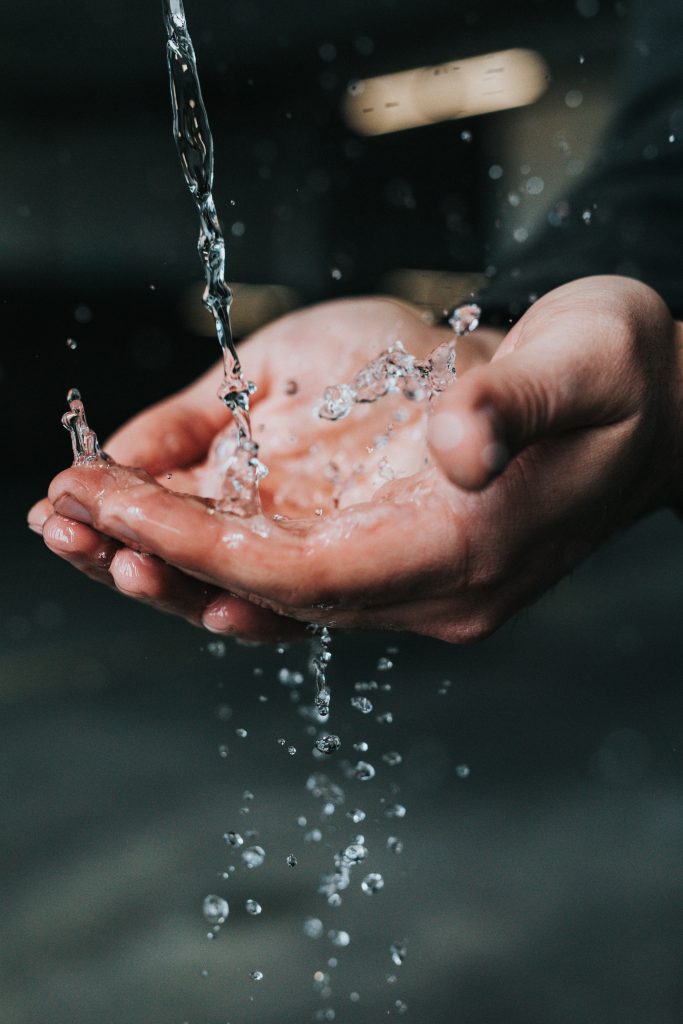
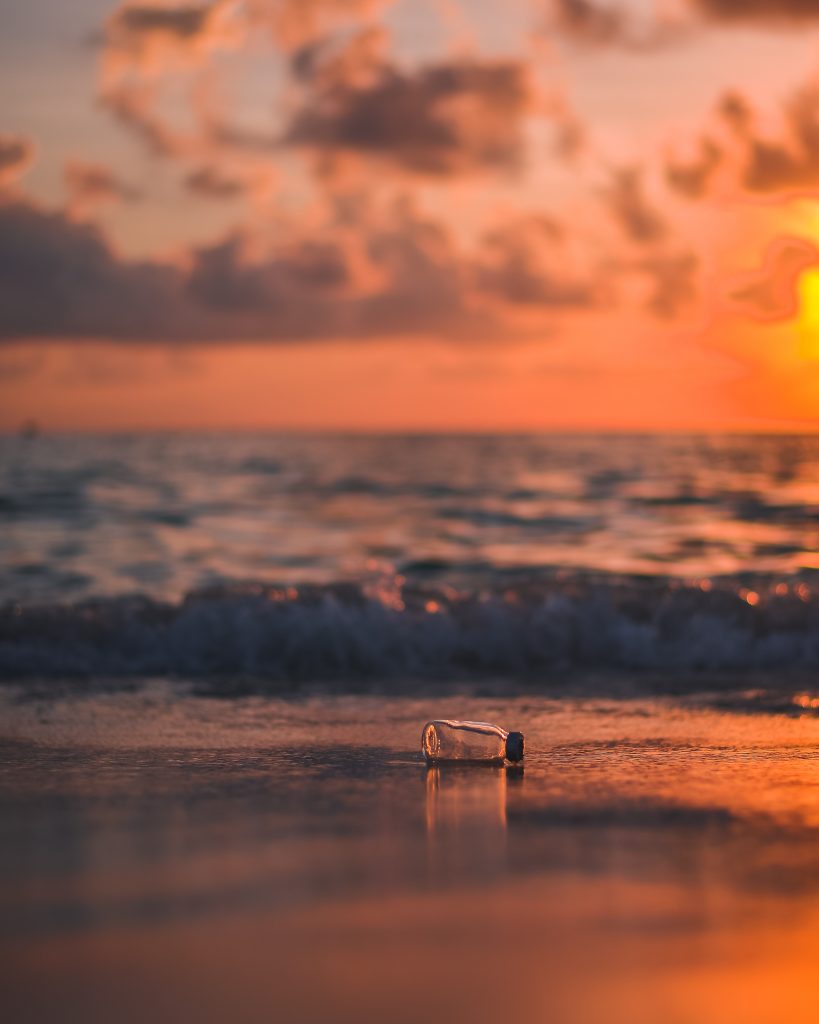
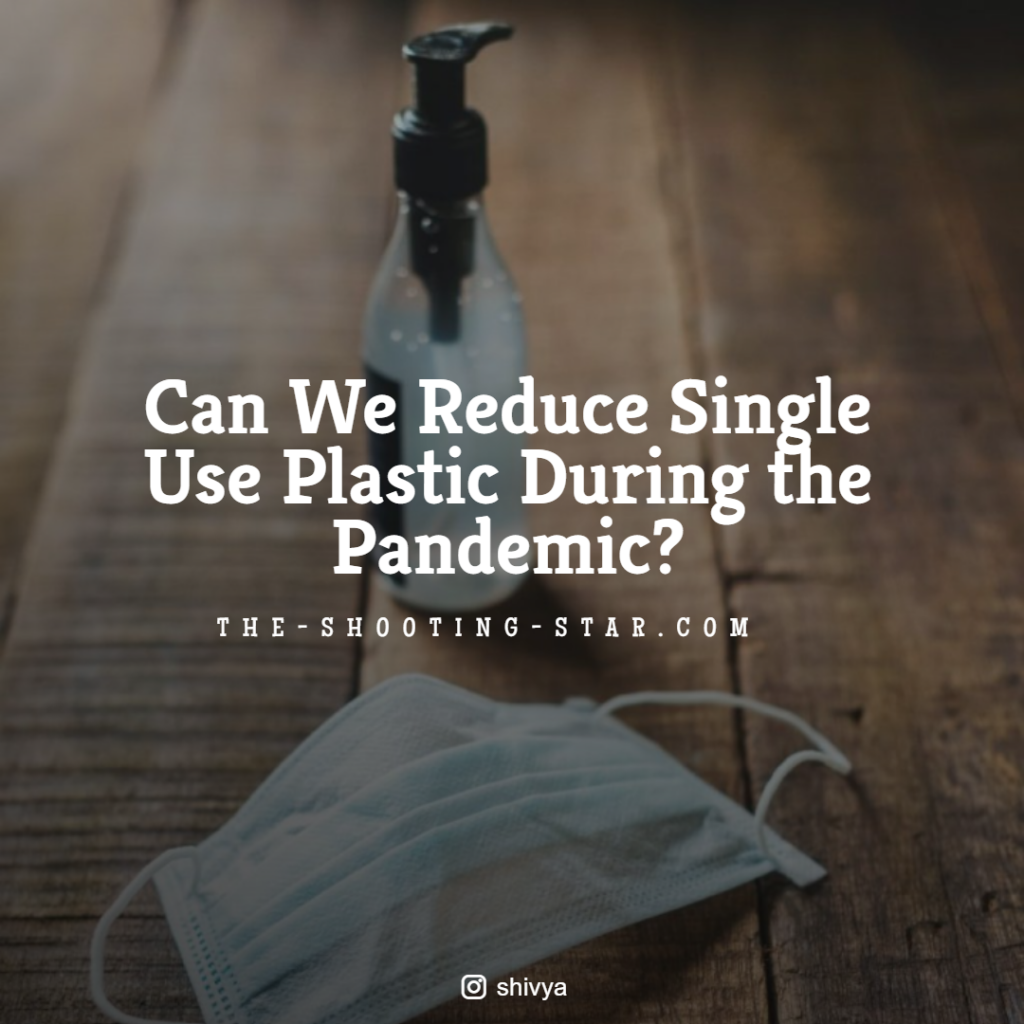


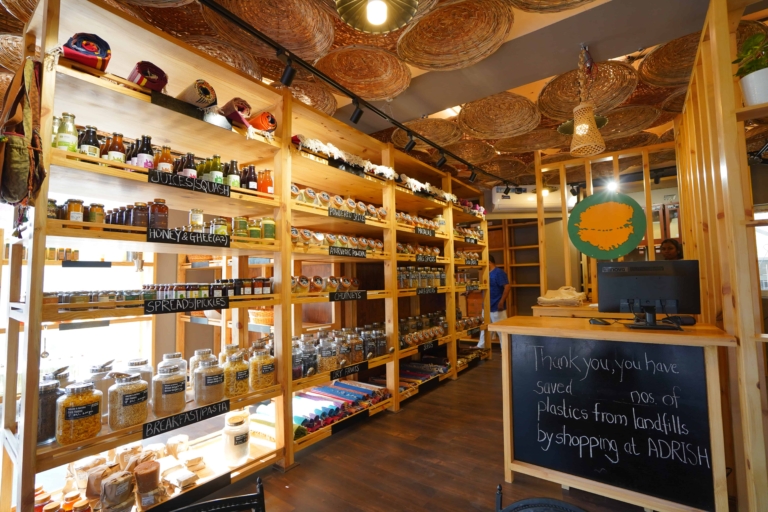
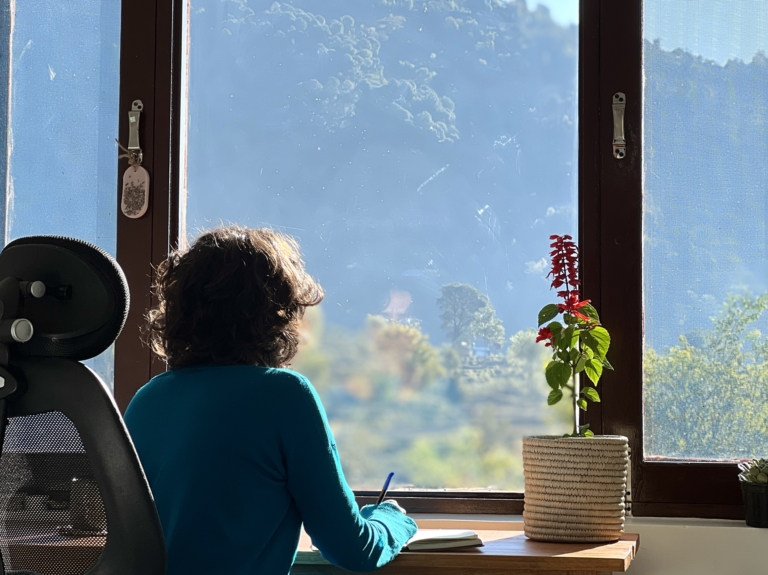
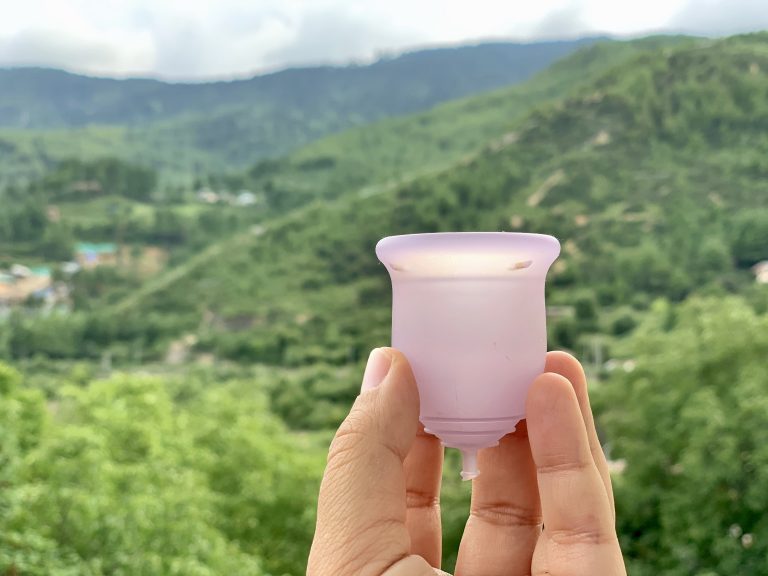

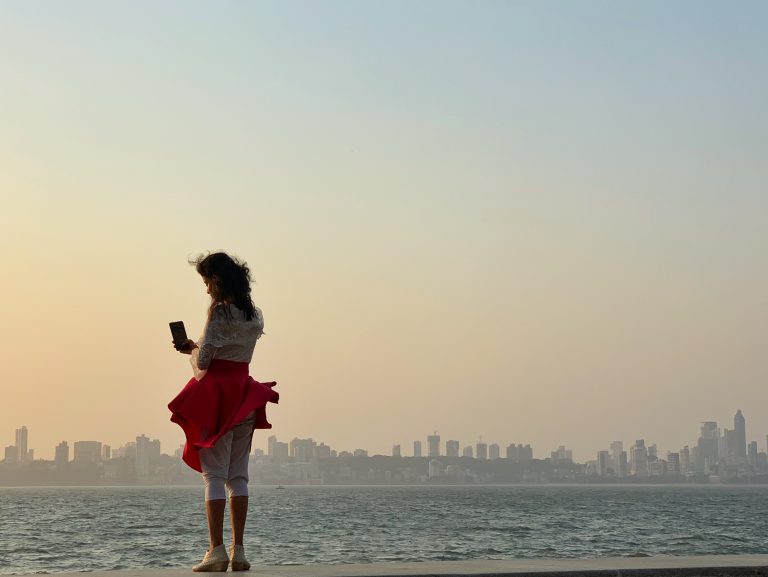
Shivya ,you have raised such a critical issue of reducing single use plastic warranting world wide address to manage the ecological balance on our planet!Great initiative to be taken forward.Thanx
Indeed, it’s a worldwide issue that really needs urgent attention.
A must read and a very influential article, Shivya. I too felt that though we are staying back at home, we are still powerful to pollute nature without our need to step out. The home deliveries of groceries and vegetables have further added to inadvertent consumption of plastics. Although I cannot ban myself buying from the online stores, I have started using plastic-made products sensibly. I only wear washable and home-made masks and mostly washable gloves. Further, I have instructed all my family members not to dispose any plastic material in the dustbin, but to dispose them in a separate bin for recycling. I am happy my family members are following these rules, at least I am doing my bit of contribution.
I know it’s hard to completely avoid deliveries and plastic – and glad you’re managing it consciously. Curious, where do you send the plastic for recycling?
We usually give these recyclable items to the personnel coming in to collect garbage, in a separate package. They sell them to those who give them money in exchange of these recyclable materials.
When I shop, I use disposable gloves (as well as wear a mask). I keep a bag in my car to dump them in, and later rinse them inside and out and reuse them until they get a slit.
That makes sense, Mallee. You might want to read this by WHO, where they share how gloves might actually do more harm than good in public spaces: https://www.who.int/news-room/q-a-detail/q-a-considerations-for-the-cleaning-and-disinfection-of-environmental-surfaces-in-the-context-of-covid-19-in-non-health-care-settings
thanks
I think my overall use of plastic has actually gone down during the pandemic. That’s because I stay at home almost all the time, don’t go shopping, and don’t order delivery. I’ve had more time to cook, and also I don’t feel good about ordering delivery because I don’t know how serious they take hygiene measures. We do order from grocery stores but we managed to get things delivered without plastic bags. And recently I needed some personal care products and ordered them from a local zero waste shop (however, they included a few samples in plastic sachets). We also have cloth masks. So really the only single use plastic is from the weekly trip to the closest grocery store for some of the basics. But it’s a lot less than before.
That’s pretty amazing Nina. I guess where you stay makes a big difference. I’m often unable to get what I want at the local stores plus supply chains have been quite disrupted here, so Amazon remains the only option. Really trying to limit it though, because all that plastic just drives me bonkers!
Much need article, Shivya. The use of single-used plastic has unfortunately increased, owing to the feras around the virus. These are some clear, practical steps to take, not only during the pandemic bit also for times to follow. A simple dustbin audit will show us how much waste we create on a daily basis. There is no ‘away’ when we say throw away….it is going to come back to impact us all. So better get going on checking each step we take. Thank you for this!
Indeed, there really is no “away”. And a dustbin audit every now and then is a great idea, Bhumika!
This was a real eye opener and I do agree with keeping a check on our plastic consumptions, using cloth based alternatives and reusing. Using plastic based protective gears against the virus and then thoughtlessly disposing them is just an excuse to not feel guilty.
I’m not sure if banning single used plastic is better than minimal usage? For example the envelopes carrying passports from embassies have a thin layer of single use plastic so that if anything spills over it, then this plastic prevents the damaging of the passport.
This was a great blog!
Just stumbled across your site, what a lovely blog you have! And a great thought provoking article too, this is something I’ve been worried about too. I know we’ve had to try and keep safe but it’s sad that the use of plastic has risen again.
This was so needed Shivya! Glad to have come across this post. The pandemic has given people an excuse to not be environmentally conscious of their actions. I really hope more people understand this soon and do their part too.
Kudos to you!
This is such a great article that brings the importance of ensuring we do our upmost to protect our environment. My daughter (5) and I watched the movie on Netflix called A Plastic Ocean it was so so scary the impact of plastic on our ocean, marine life and the environment. I am so glad that where we live (Barbados) is taking it seriously and has banned single use plastic products. We have to protect our earth for the next generation.
I was horrified when my local grocery store banned the use of reusable bags during the first part of the pandemic. I was forced to choose between my safety and care for the environment, both of which are extremely important to me. When I saw that Whole Foods was still allowing us to bring our own bags I realized that my other local grocer was being unreasonable. I started bringing my own bags anyhow and facing angry glares and disapproving comments from the cashiers. They’ve now gone back to allowing byob(bring your own bags). I don’t think we should have to choose between our values like that. Safety is important indeed, but so is our environment. We should have to think before we ask people to choose between two extremely important issues. Surely there’s a compromise in there somewhere?
I am not shopping much and so i guess all those packaging stuff , these guys still using disposable material everywhere. I mean how hard is it to just switch to reusable bags.
You have included a lot of great information here. Thank you! Saving for reference as I try to decrease my plastic use.
Let’s get back to nature. Shivya, I remember some years back all of us used jute bags and cloth bags for shopping, bowls and plates made of leaves for snacks and sweets, banana leaves during feasts and metal thermos to drink water while traveling. Why can’t we get back to those days, I wonder. Thanks a ton for raising and spreading awareness about a subject which needs to be discussed more. Waiting for more blogs from you on saving environment. In the meantime you can check my blogs at